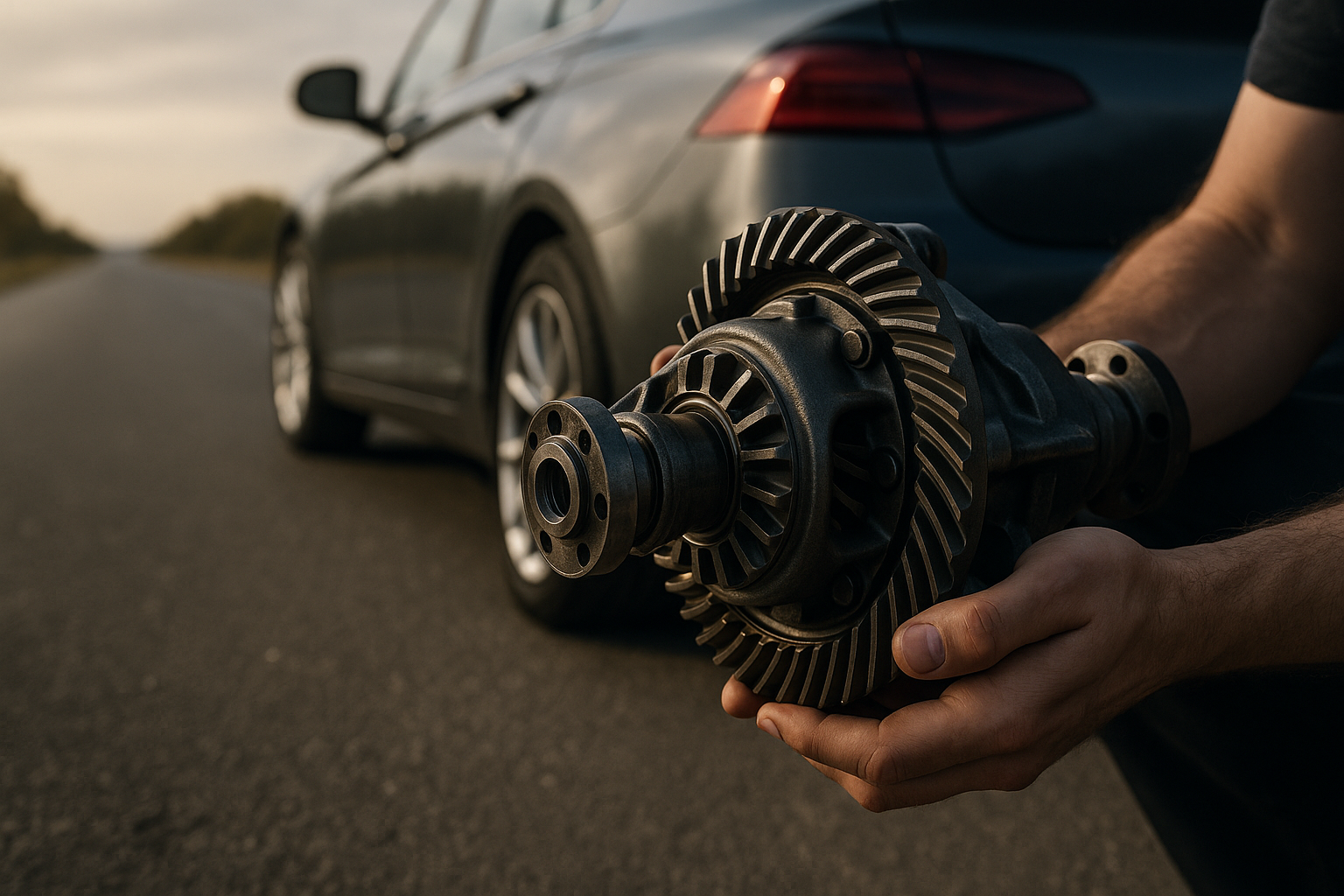A Comprehensive Guide to Buying and Maintaining Used Cars
Purchasing a used car can be a practical and economical choice for many drivers. However, the process requires careful consideration to ensure you're making a sound investment rather than inheriting someone else's problems. Unlike new vehicles that come with manufacturer warranties and pristine condition, second-hand cars have unique histories that directly impact their value and reliability. Understanding how to properly evaluate these vehicles before purchase and maintain them afterward can save you significant time, money, and frustration in the long run.

How to Thoroughly Check a Second-Hand Car Before Making a Decision
When considering a used car purchase, conducting a comprehensive inspection is crucial. Start by examining the vehicle’s documentation, including the service history, MOT certificates, and logbook. These documents reveal important information about previous maintenance, repairs, and ownership. Check that the VIN numbers match across all documentation and the vehicle itself.
Next, conduct a thorough mechanical assessment. Test all electronic components including lights, windows, air conditioning, and entertainment system. Listen carefully to the engine both when cold and warmed up—unusual sounds like knocking, ticking, or whining can indicate serious problems. Examine fluid levels and condition; discolored transmission fluid or milky oil may signal internal issues. Don’t forget to test drive the vehicle on various road types at different speeds to evaluate acceleration, braking, and handling characteristics.
Common Problems Found in Second-Hand Cars to Watch For
Used vehicles often develop predictable issues based on age and mileage that buyers should be aware of. Timing belt failures are common in higher-mileage vehicles and can cause catastrophic engine damage if not replaced at recommended intervals. Check maintenance records to confirm whether this critical service has been performed.
Electrical problems frequently plague older vehicles as wiring harnesses age and connections corrode. These issues can manifest as intermittent failures with lights, power windows, or dashboard warnings. Test every electrical component thoroughly during inspection.
Transmission problems often develop gradually and may present as hesitation during gear changes, slipping, or unusual noises. During the test drive, pay close attention to how the transmission behaves during acceleration and deceleration.
Rust is another serious concern, particularly in older vehicles or those from coastal areas. Look beyond superficial surface rust to identify structural corrosion, especially around suspension mounting points, floor pans, and frame rails. Significant rust in these areas can compromise the vehicle’s safety and structural integrity.
Essential Exterior Checks to Perform on a Second-Hand Car
The exterior condition provides valuable clues about how well the car has been maintained and whether it has been in accidents. Begin by examining the vehicle in good lighting, preferably outdoors on a clear day. Look for inconsistencies in paint color or texture that might indicate repairs. Run your hand along body panels to feel for irregularities beneath the paint.
Check panel gaps to ensure they’re uniform—inconsistent spacing often indicates collision repairs. Door, hood, and trunk alignment should be precise and operate smoothly. Inspect glass surfaces for cracks or chips, particularly the windshield, as these can worsen over time and sometimes indicate structural issues.
Tire condition reveals much about the vehicle’s maintenance history and potential alignment problems. Look for even wear patterns across all tires; uneven wear suggests alignment issues that could affect handling and increase tire replacement costs. Don’t forget to check that all tires are the same brand and size, as mismatched tires can indicate hasty repairs after damage.
Tips for Ensuring Long-Term Use of a Second-Hand Car
Once you’ve purchased a used car, proper maintenance becomes essential for maximizing its lifespan. Establish a regular maintenance schedule based on the manufacturer’s recommendations rather than waiting for problems to develop. This includes routine oil changes, filter replacements, and fluid checks.
Create a maintenance log to track all services performed, which helps identify patterns and anticipate future needs. Many modern vehicles benefit from synthetic oil, which provides better protection during cold starts and high-temperature operation, potentially extending engine life.
Address minor issues promptly before they develop into major problems. Small oil leaks, unusual sounds, or warning lights should never be ignored, as they often signal developing problems that will become more expensive to repair if left unattended.
Consider preventative replacements for known failure points specific to your vehicle’s make and model. Research common issues for your particular car and address these components before they fail. For example, if a certain model is known for water pump failures around 60,000 miles, replacing this component proactively at 55,000 miles could prevent being stranded with an overheated engine.
Financing Options for Used Car Purchases
When purchasing a used vehicle, various financing paths exist depending on your financial situation. Traditional bank auto loans typically offer competitive interest rates for qualified buyers, while credit unions often provide members with even more favorable terms. Dealer financing can be convenient but may come with higher interest rates.
| Financing Type | Typical Interest Rate | Loan Term | Requirements |
|---|---|---|---|
| Bank Auto Loan | 4.5% - 7.0% | 36-72 months | Good credit score (670+), proof of income |
| Credit Union | 3.5% - 5.5% | 36-84 months | Membership, credit score 650+, income verification |
| Dealer Financing | 5.0% - 15.0% | 36-72 months | Varies widely, often more flexible for lower credit scores |
| Personal Loan | 7.0% - 18.0% | 12-60 months | Excellent credit for best rates, solid income history |
Prices, rates, or cost estimates mentioned in this article are based on the latest available information but may change over time. Independent research is advised before making financial decisions.
Consider your budget realistically when financing a used car. Financial experts typically recommend keeping total automotive expenses—including loan payment, insurance, fuel, and maintenance—below 15-20% of your monthly income. Remember that older vehicles often have higher maintenance costs, which should be factored into your overall budget.
Used car purchasing represents a balance between initial investment and ongoing costs. By performing thorough inspections before buying and implementing consistent maintenance afterward, you can enjoy the economic benefits of used car ownership while minimizing the potential drawbacks. The key lies in making an informed purchase initially and then treating the vehicle as an investment worth protecting through proper care and timely maintenance.




